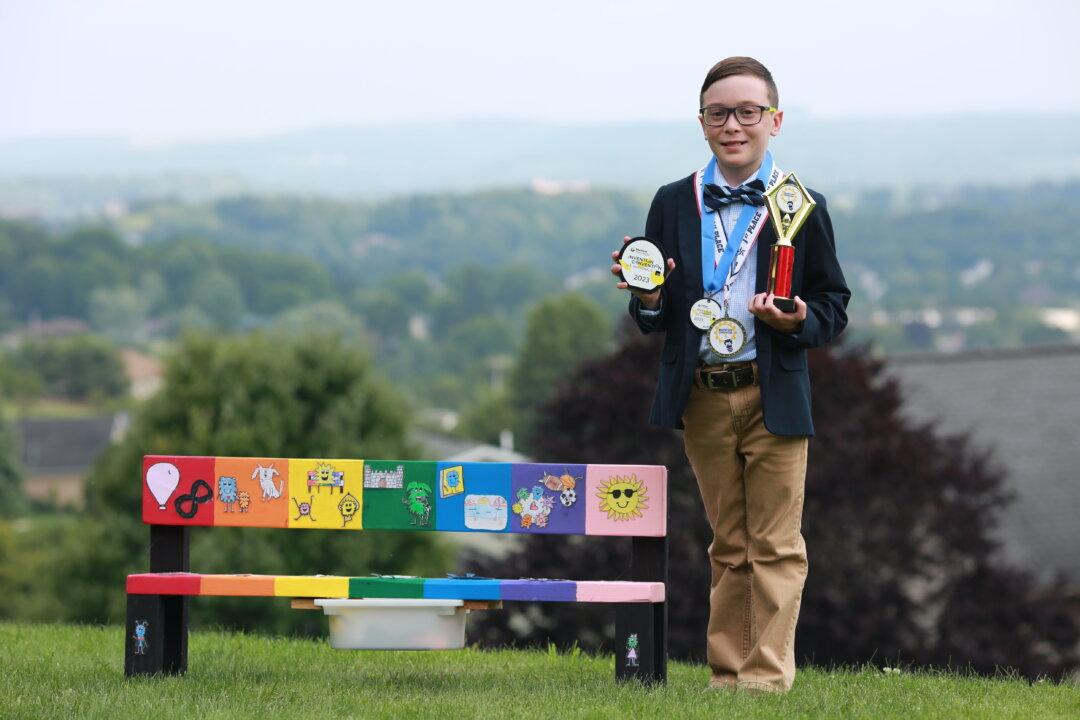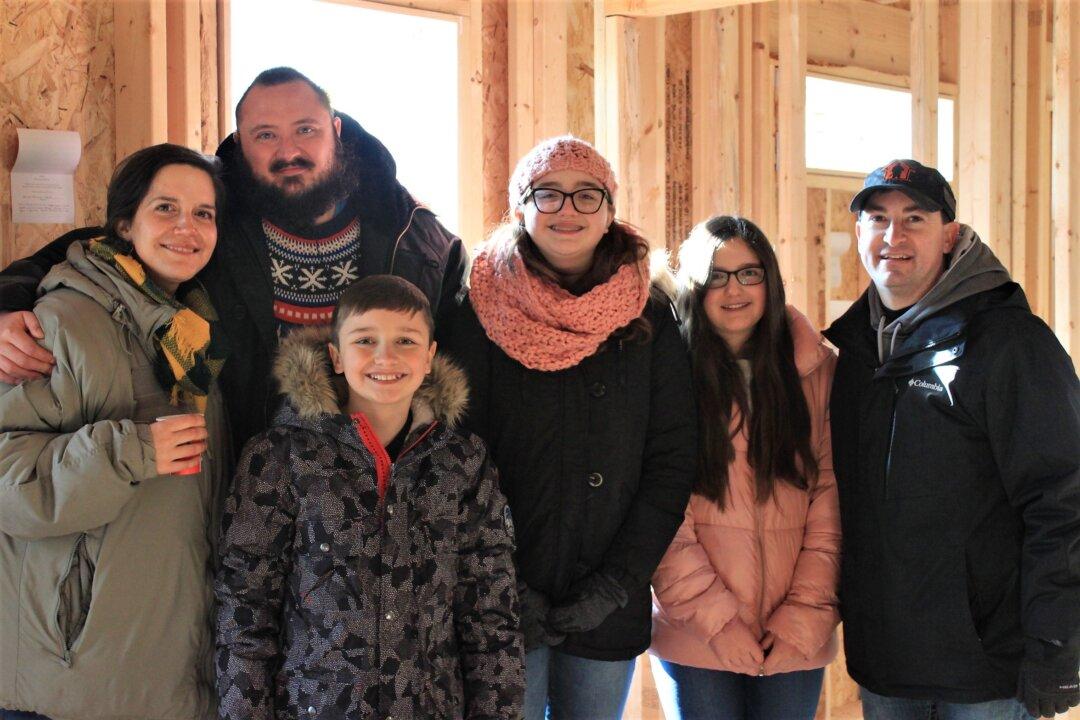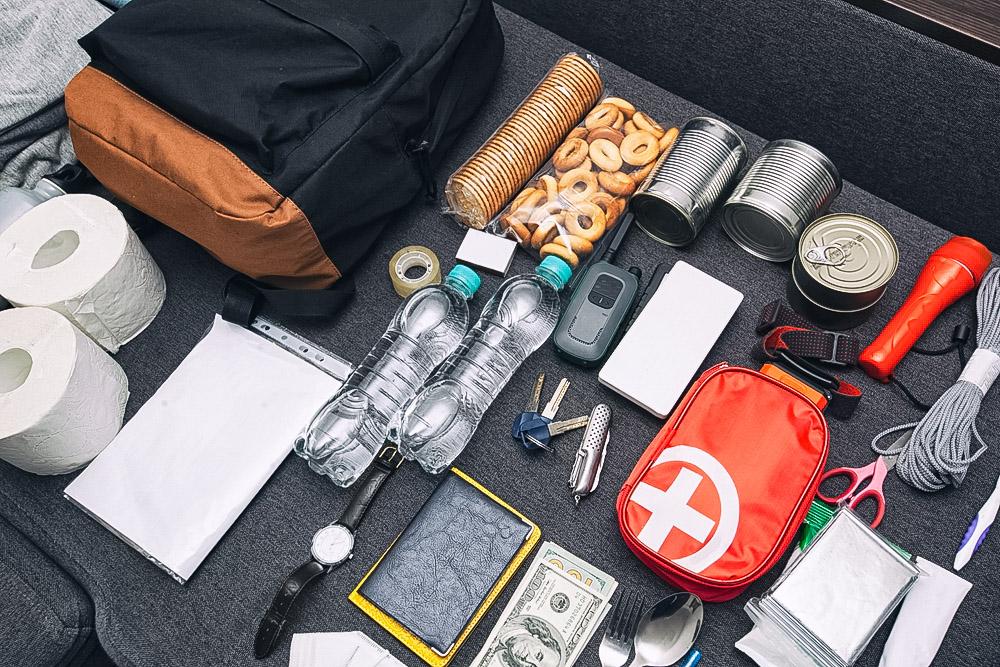Like many children his age, Avery Schneider, 9, has aspirations.
The gifted fourth grader from Indiana, Pennsylvania, at first aspired to be a cardiologist. Then a baker; an engineer; and a performer one day, he said.
But for now, he will settle for being an inventor just like Thomas Edison, his hero, who awarded over 1,000 patents in his lifetime.
Avery is hopeful to get his own patent one day for his new prototype invention. This past year, the “SEL Simmer Seat'' caught the attention of judges at the local, state, and national levels of the Invention Convention competition. His idea made him the national champion for the third grade division.
Describing his invention, Avery said that he named the Social and Emotional Learning (SEL) tool thusly as an alliteration, the name alluding to the act of simmering or calming down, he said. When it comes to expressing emotions, some children, such as those who are on the autism spectrum, find it hugely difficult to control or even manage. Applying the idea behind SEL, an education method developed in the 1990s, Avery created his invention.
Avery’s educational learning prototype, a 3-foot specialized bench, encourages students to sit on a section that best represents their feelings, especially if it is difficult to vocalize those feelings. It can be used on a playground or indoors at a social event.
The idea came to Avery when he thought back to his experiences on the playground when he played with a classmate and friend in kindergarten. Avery said it wasn’t easy for his autistic friend to express, manage, and vocalize properly his frustrations. “My idea was pretty simple compared to a lot of other inventions” he said humbly.
Each colored section of the bench depicts a hand-drawn monster who children can identify with. Each monster corresponds to a specific color, which is tied to a specific emotion like anger, worry, tiredness, boredom, sadness, loneliness, or contentment.The bench also includes instructional cards, where children can find tips to manage their emotions. The emotions are color-coded: red means angry; orange, worried; yellow, tired; green, bored; blue, sad; purple, lonely; and pink, content. He surveyed students in his school to determine which were the most important ones to include.





